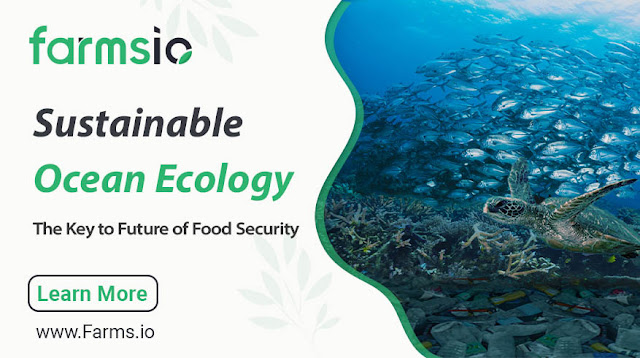Climate Smart Agriculture Resilient Practices
FARMSIO has developed innovative and digitalised farm management software using Climate Smart Agriculture for the benefit of the stakeholders in the food value chain. The technology for agricultural solutions are built on the premises of sustainable agriculture with a focus on conserving energy and resources in farming, market linkages for integrating the stakeholders on both down and upstream of the food supply chain, food traceability to optimise the input resources, quality and quantity of them used and above all the climate-smart agriculture adaptability and appropriate farming practices to thwart the risks.
The mitigation measures in the climatic risks are classified into:
- Cropping systems
- Livestock systems
- Forest systems
- Fisheries, aquaculture and oceanic systems and
- Biodiversity.
This blog has extensively used the well-researched inputs published by the Food and Agriculture Organisation and acknowledges the yeomen services offered to humankind and nature holistically. We will be presenting the various measures every week. For strategic management practices to adopt various recommended measures, the Farmsio Climate Smart Agriculture -farm management systems would be happy to contribute to society. Farmsio will be happy to demonstrate the solutions and we are just a click away from you.
A key element required for sustainable and transformational development in agriculture is ensuring that investments are informed by robust evidence about past and future climate risks. Climate-Smart Agriculture is a fundamental concept of climate risk management. In this context, climate resilience refers to the ability of an agricultural system to anticipate and prepare for, as well as to adapt to, absorb and recover from the impacts of changes in climate and extreme weather. Resilience can be enhanced by implementing short and long-term climate mitigation and adaptation strategies, as well as ensuring transparent and inclusive participation of multiple actors and stakeholders in decision-making and management processes. Some hydro-meteorological hazards are slow in their onsets, such as changes in temperature and precipitation resulting in long-term altered temperature, rainfall patterns and agricultural droughts. On the other hand, some occur much more suddenly, such as tropical storms and floods. Both require robust risk preparedness informed by the assessment of climate risk.








Conclusion:
Farmsio builds livelihoods and resilience to the climatic changes through the Climate Smart Agriculture practices in East and West Africa. CSA provides these countries with Sustainable Agriculture options for delivering Sustainable Development Goals.
Farmsio focuses mainly on the smallholders, who face challenges in food insecurity and climatic change. Farmsio works with the Agriculture Developing Agencies at the grassroots levels providing solutions through the Climate Smart Agriculture Technologies and resilient Practices.
Explore more on our projects in Climate Smart Agriculture Resilient practices in East and West Africa – Contact Farmsio



Comments
Post a Comment